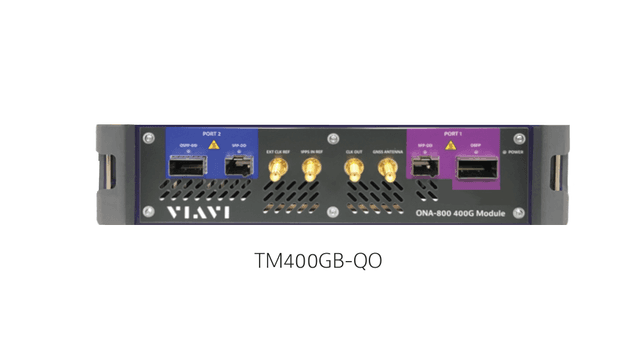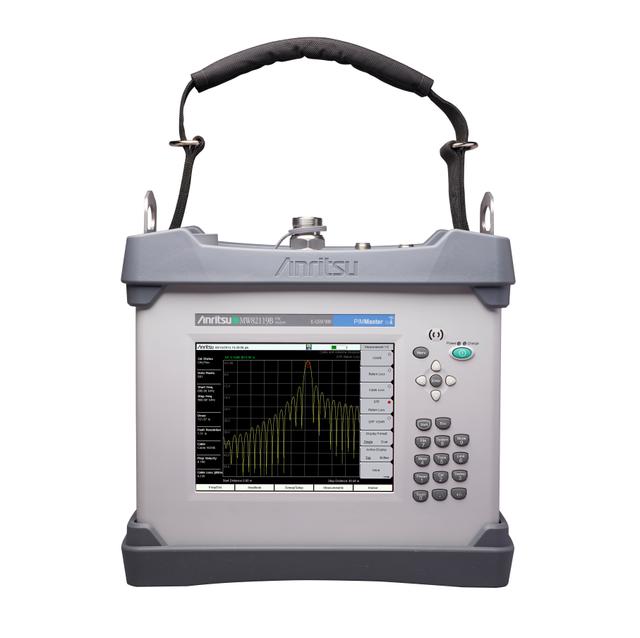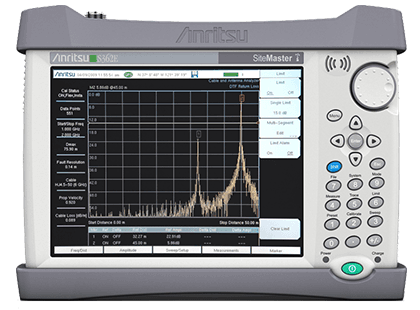SMARTER SOLUTIONS FOR TELECOM TESTING
Telecommunications
Tools to Design, Test and Deploy the Latest Technology
We offer a wide range of wireless and wireline testing equipment, including cellular, data center cable testing, fiber optic installation, and drive testing. Electro Rent understands its customers' unique needs. We have the equipment and expertise to help you stay connected and cost-efficient.
Product Recommendations
Showing 1 - 4 of 13 results
Showing 1 - 4 of 15 results
Showing 1 - 4 of 12 results
Showing 1 - 4 of 4 results
Showing 1 - 4 of 7 results
Showing 1 - 4 of 9 results
Drive Test
Carriers need to perform live testing of mobile networks to ensure network coverage and quality of experience (QoE) for customers. Known as drive testing, test user equipment (UE) measures traffic channel beams, quality of service (QoS), QoE, mobility, and interoperability. Common measurements for LTE and previous generations include signal strength, transmission power, and uplink and downlink throughput. For 5G, beamforming introduces a new test methodology using scanning receivers for synchronization signal block (SSB) reference beam coverage measurements.
Data Center Testing
The need to procure equipment for data center testing has increased with the proliferation of data centers. As data centers increase in size and complexity, ensuring that all data communication functions work correctly and efficiently becomes essential. Quality test equipment allows technicians to verify the integrity of cables and connectors, ensuring they meet industry standards and data center performance requirements. By investing in quality test equipment, organizations can minimize downtime and ensure the smooth operation of critical systems.
Fiber Optic Testing
Fiber testing plays a crucial role in the telecom industry as it ensures the quality and reliability of communication networks. By conducting tests on fiber optic cables, technicians can detect any potential issues or defects affecting their performance. These tests help identify issues such as attenuation, insertion loss, return loss, and splice loss, ensuring that fiber optic cables can deliver high-quality signals with minimal degradation. Additionally, fiber testing helps monitor and maintain the integrity of networks, ensuring that they function efficiently.
Passive Intermodulation (PIM) Testing
As the performance of existing networks is pushed to the limit and new generations of wireless introduce new bands, passive intermodulation (PIM) is a growing challenge. PIM occurs when RF signals meet at non-linear junctions, usually caused by contaminated contacts, loose or poorly prepared connections, or nearby metallic or magnetic objects. It leads to poor connectivity, dropped calls, and low data rates, which damage all user experience, so it’s essential to locate and remove these sources.
Drive Test
Carriers need to perform live testing of mobile networks to ensure network coverage and quality of experience (QoE) for customers. Known as drive testing, test user equipment (UE) measures traffic channel beams, quality of service (QoS), QoE, mobility, and interoperability. Common measurements for LTE and previous generations include signal strength, transmission power, and uplink and downlink throughput. For 5G, beamforming introduces a new test methodology using scanning receivers for synchronization signal block (SSB) reference beam coverage measurements.
Data Center Testing
The need to procure equipment for data center testing has increased with the proliferation of data centers. As data centers increase in size and complexity, ensuring that all data communication functions work correctly and efficiently becomes essential. Quality test equipment allows technicians to verify the integrity of cables and connectors, ensuring they meet industry standards and data center performance requirements. By investing in quality test equipment, organizations can minimize downtime and ensure the smooth operation of critical systems.
Fiber Optic Testing
Fiber testing plays a crucial role in the telecom industry as it ensures the quality and reliability of communication networks. By conducting tests on fiber optic cables, technicians can detect any potential issues or defects affecting their performance. These tests help identify issues such as attenuation, insertion loss, return loss, and splice loss, ensuring that fiber optic cables can deliver high-quality signals with minimal degradation. Additionally, fiber testing helps monitor and maintain the integrity of networks, ensuring that they function efficiently.
Passive Intermodulation (PIM) Testing
As the performance of existing networks is pushed to the limit and new generations of wireless introduce new bands, passive intermodulation (PIM) is a growing challenge. PIM occurs when RF signals meet at non-linear junctions, usually caused by contaminated contacts, loose or poorly prepared connections, or nearby metallic or magnetic objects. It leads to poor connectivity, dropped calls, and low data rates, which damage all user experience, so it’s essential to locate and remove these sources.
Drive Test
Carriers need to perform live testing of mobile networks to ensure network coverage and quality of experience (QoE) for customers. Known as drive testing, test user equipment (UE) measures traffic channel beams, quality of service (QoS), QoE, mobility, and interoperability. Common measurements for LTE and previous generations include signal strength, transmission power, and uplink and downlink throughput. For 5G, beamforming introduces a new test methodology using scanning receivers for synchronization signal block (SSB) reference beam coverage measurements.
Resources






















